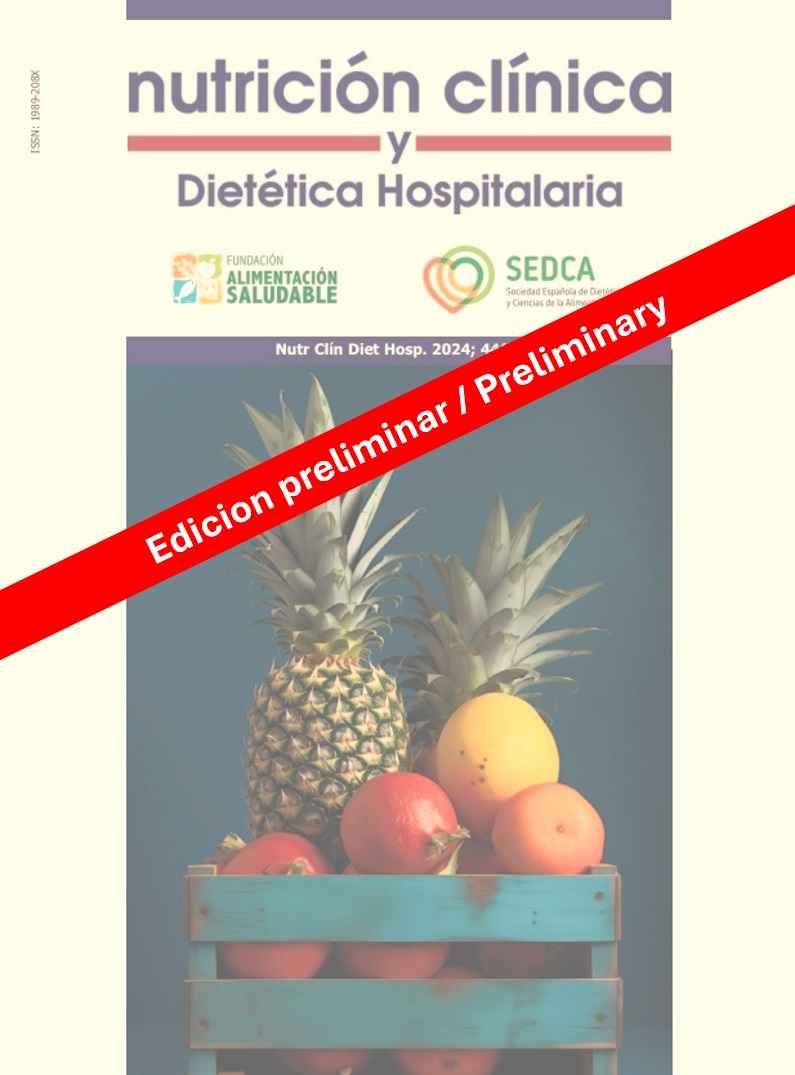Maternal nutritional status, breastfeeding and chronic malnutrition in peruvian children under 5 years.
DOI:
https://doi.org/10.12873/443gomezKeywords:
Obesidad; Talla; Infante; MadreAbstract
Introduction: Optimizing nutrition during the thousand days that elapse from conception guarantees long-term benefits, however, childhood growth retardation to adult obesity is a threat to comprehensive health.
Objective: Determine the relationship between the child's height for age with the nutritional status of the mother and breastfeeding.
Methods: The research design is quantitative, transversal, observational and descriptive approach. The sample was 11,583 mothers with their children under 5 years of age. The study is a secondary analysis of the database of the National Demographic and Family Health Survey (2022) of Peru. For statistical analysis, the Chi square test and the Mann-Whitney U test were used to determine if there are differences between chronic malnutrition (yes/no) with maternal hemoglobin and height for age with breastfeeding (yes/no). A significance level of p<0.05 was applied.
Results: 60.4% of mothers were overweight and 22.9% had anemia. 46.8% of the children presented chronic malnutrition and 64.3% were breastfed. There is a relationship between the height for age of children with the BMI of the mothers (p=0.001), with the anemia of the mothers (p=0.001) and breastfeeding (p=0.001). Mother's hemoglobin is higher in children who do not have chronic malnutrition (p=0.001) and children who were breastfed are at risk of chronic malnutrition than those who were not breastfed (p=0.001).
Conclusion: Mothers who are overweight and thin, their children had a higher prevalence of inadequate height and those who did not breastfeed are at risk of chronic malnutrition than those who were breastfed.
Downloads
Published
License
Copyright (c) 2024 Nutrición Clínica y Dietética Hospitalaria

This work is licensed under a Creative Commons Attribution-NonCommercial-NoDerivatives 4.0 International License.
Los lectores pueden utilizar los textos publicados de acuerdo con la definición BOAI (Budapest Open Access Initiative)







